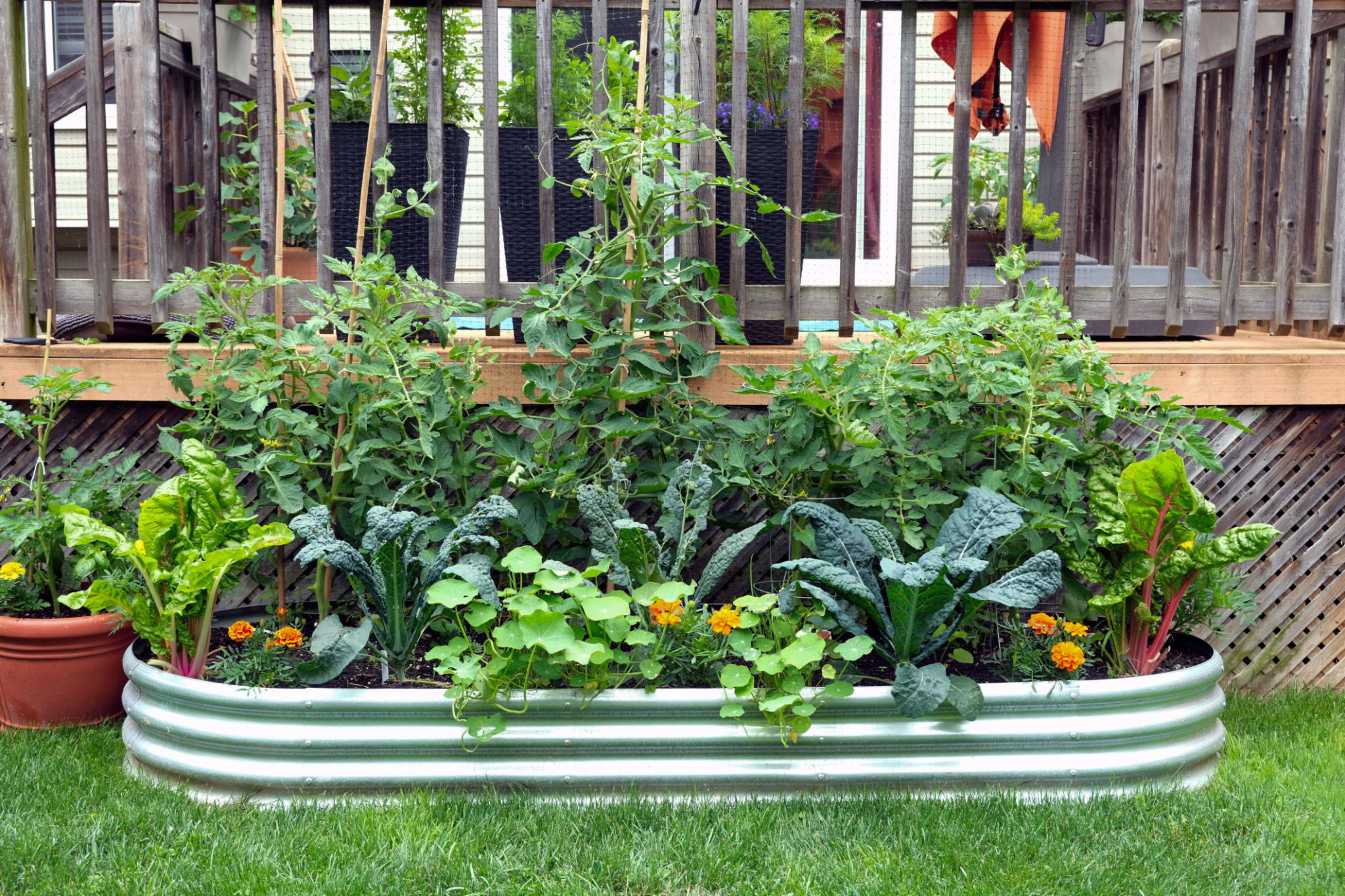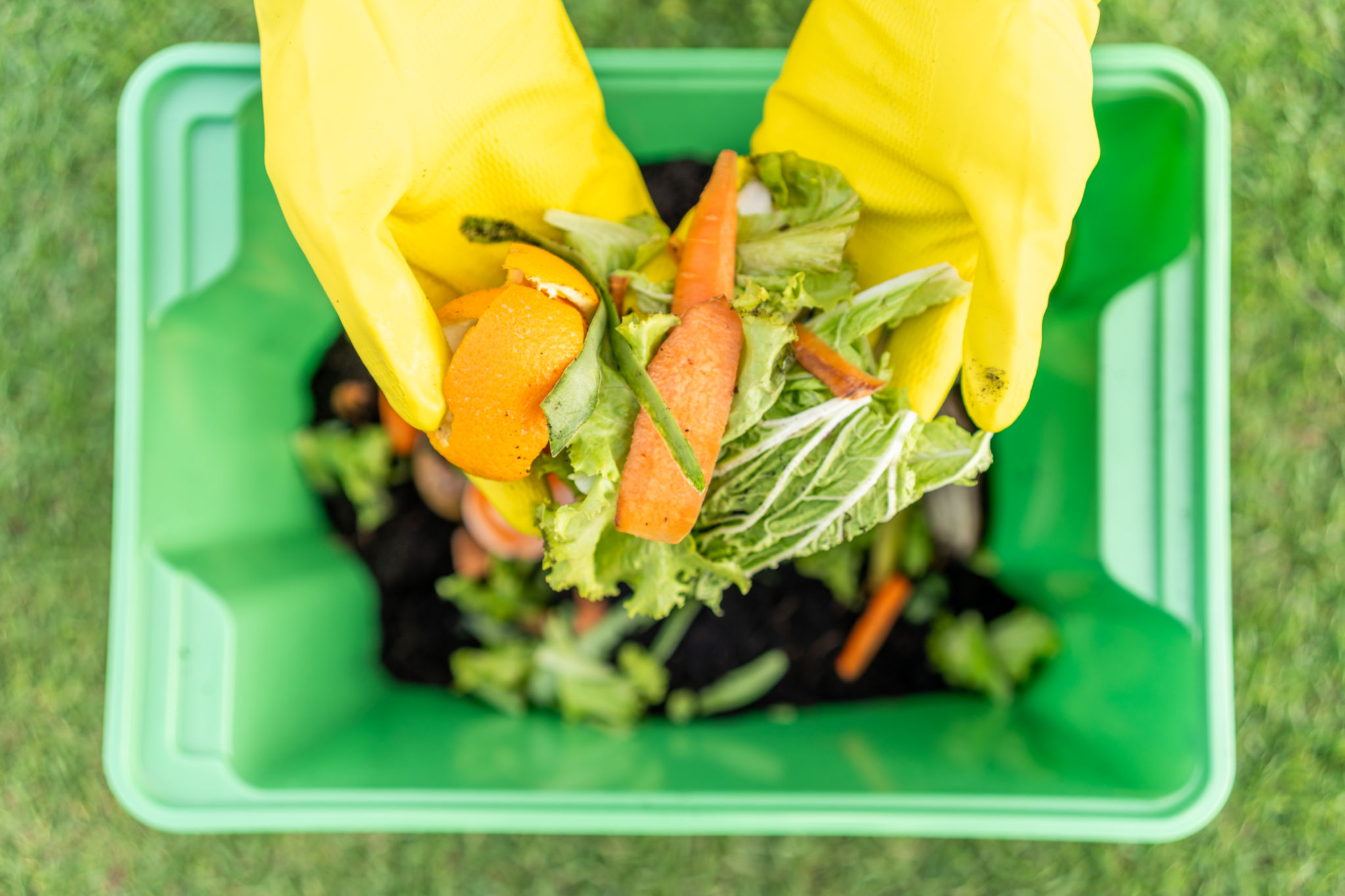DIY Edible Garden Projects: Transform Your Backyard
Transforming your backyard into an edible garden is a fulfilling project that not only enhances the beauty of your outdoor space but also provides fresh, organic produce right at your fingertips. Whether you're a seasoned gardener or a complete novice, there are numerous DIY projects you can undertake to create your own lush, productive garden.
Starting with a Plan
The first step in creating an edible garden is to develop a plan. Consider the amount of space you have available, the climate in your area, and the types of plants you wish to grow. Research which fruits and vegetables thrive in your region and make a list of those you'd like to include.
Creating a layout for your garden is also essential. Decide where you'll place raised beds, containers, or vertical planters. Consider the sun's path and ensure that your plants will receive adequate sunlight throughout the day.

Building Raised Beds
Raised beds are an excellent option for growing fruits and vegetables, as they provide better drainage and can be filled with nutrient-rich soil. Building your own raised beds is a straightforward project that requires minimal materials. You'll need untreated wood, screws, and a drill to construct the frames.
Once assembled, fill the beds with a mix of topsoil, compost, and organic matter to create a fertile ground for your plants. Raised beds also help reduce weed growth and make it easier to manage pests.
Choosing the Right Plants
Selecting the right plants is crucial for a successful edible garden. For beginners, consider starting with easy-to-grow options such as tomatoes, lettuce, and herbs like basil and mint. These plants are relatively low-maintenance and can yield a bountiful harvest.

Implementing Vertical Gardening
If you're limited on space, vertical gardening is an innovative solution. By utilizing trellises, hanging pots, or wall-mounted planters, you can maximize your planting area without needing additional ground space. This approach is perfect for vining plants like cucumbers, peas, and strawberries.
Vertical gardens not only save space but also add an attractive visual element to your backyard. They can be placed against walls or fences to create a lush, green backdrop that enhances the overall aesthetic of your outdoor area.
Creating a Compost Bin
Incorporating a compost bin into your garden is an eco-friendly way to recycle kitchen scraps and garden waste. Composting enriches your soil with nutrients, which in turn benefits your plants. To create a DIY compost bin, you can use materials such as wood pallets or wire mesh to construct a simple enclosure.

Ensure that your compost pile is a balanced mix of green materials (like vegetable peels) and brown materials (such as dried leaves). Regularly turn the pile to aerate it and speed up the decomposition process.
Adding Finishing Touches
Finally, add finishing touches to personalize your edible garden. Consider including decorative elements like stepping stones, garden signs, or small water features to enhance the space. Mulching around plants can help retain moisture and suppress weeds, adding both function and beauty to your garden beds.
By following these DIY projects, you can transform your backyard into an edible oasis that provides fresh produce and a serene environment for relaxation. With careful planning and creativity, your garden can become both a practical resource and a delightful retreat.